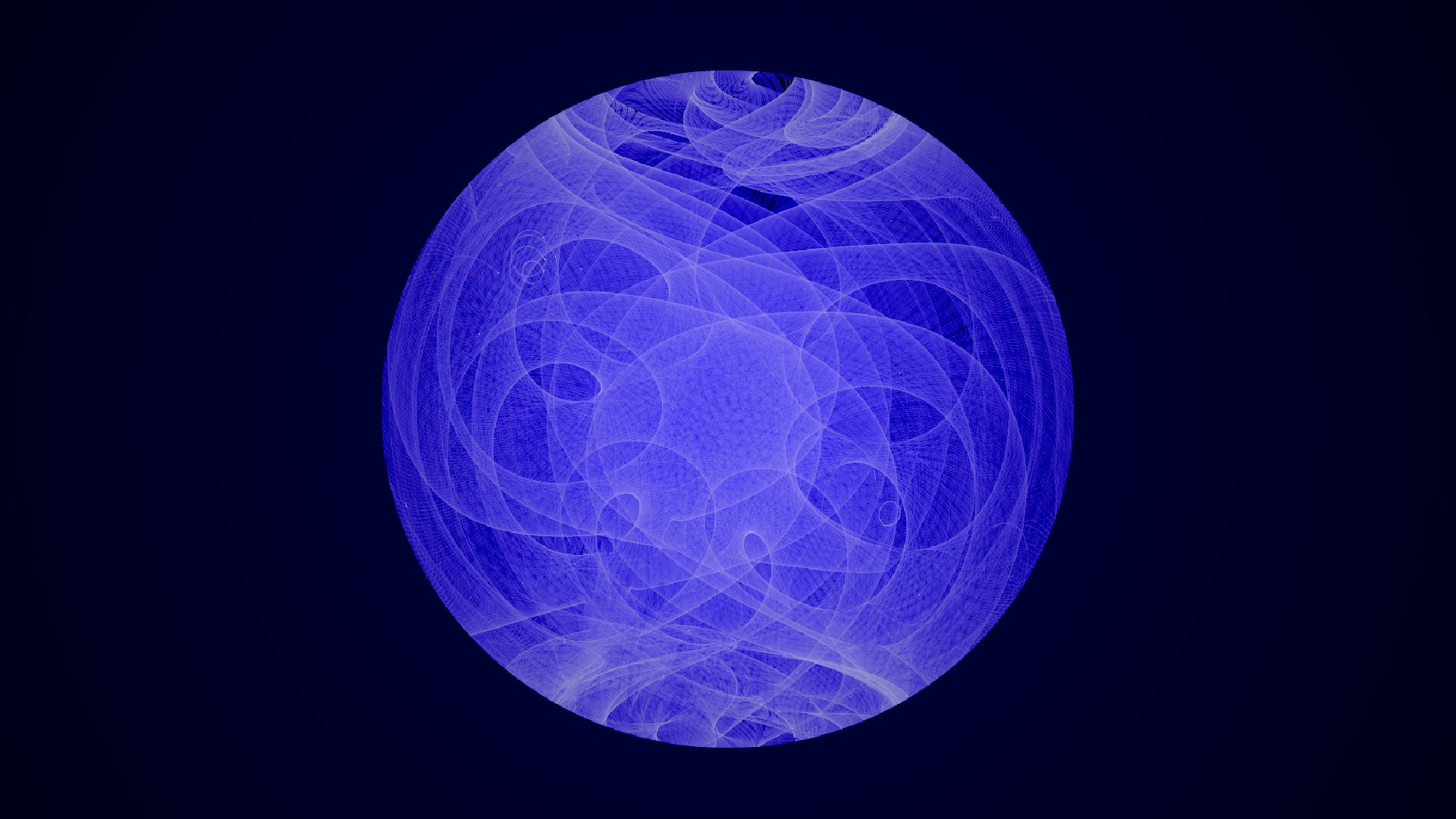Fermi's LAT Instrument
Fermi's Large Area Telescope (LAT) detects particles produced in a physical process known as pair production that epitomizes Einstein's famous equation, E=mc2. When a gamma ray, which is pure energy (E), slams into a layer of tungsten in one of the tracking towers that compose the LAT, it creates mass (m) in the form of a pair of subatomic particles, an electron and its antimatter counterpart, a positron. Several layers of high-precision silicon detectors track the particles as they move through the instrument. The direction of the incoming gamma ray is determined by projecting the particle paths backward. The particles travel through the trackers until they reach a separate detector called a calorimeter, which absorbs and measures their energies. The LAT produces gamma-ray images of astronomical objects, while also determining the energy of each detected gamma ray.
Upres of original animation to UHD resolution (3840x2160).
This animation shows a gamma ray (purple) entering a corner tower of the Tracker. After the electron (red) and positron (blue) cascade down the tower, their incoming paths (red/blue) combine to show the original path (purple) of the incoming gamma ray that created them.
For More Information
Credits
Please give credit for this item to:
NASA's Goddard Space Flight Center Conceptual Image Lab
-
Animator
- Chris Meaney (HTSI)
-
Scientist
- Steven Ritz (NASA/GSFC)
Release date
This page was originally published on Saturday, February 25, 2012.
This page was last updated on Wednesday, May 3, 2023 at 1:53 PM EDT.
Missions
This visualization is related to the following missions:Series
This visualization can be found in the following series:Datasets used in this visualization
-
[Fermi: LAT]
ID: 216Fermi Gamma-ray Large Area Space Telescope (GLAST) Large Area Telescope (LAT)
This dataset can be found at: http://fermi.gsfc.nasa.gov
See all pages that use this dataset -
[Fermi]
ID: 687
Note: While we identify the data sets used in these visualizations, we do not store any further details, nor the data sets themselves on our site.
